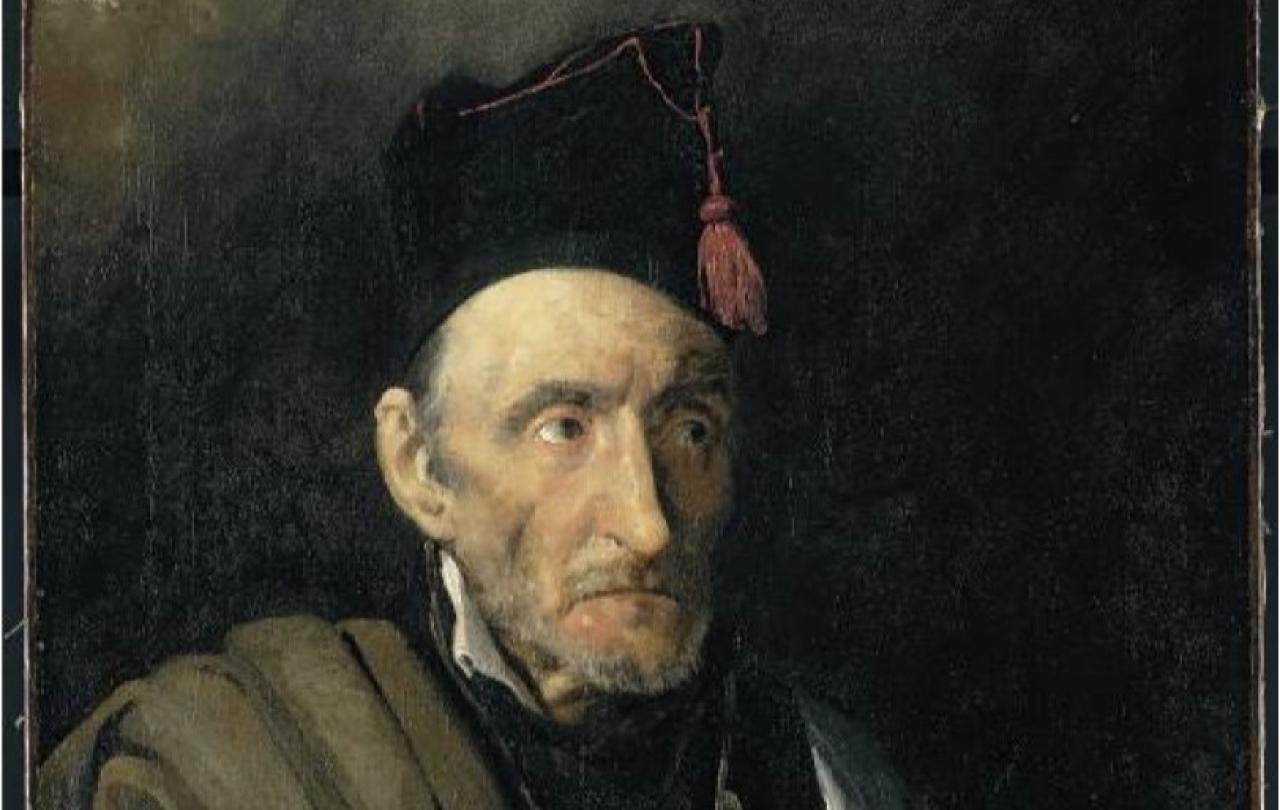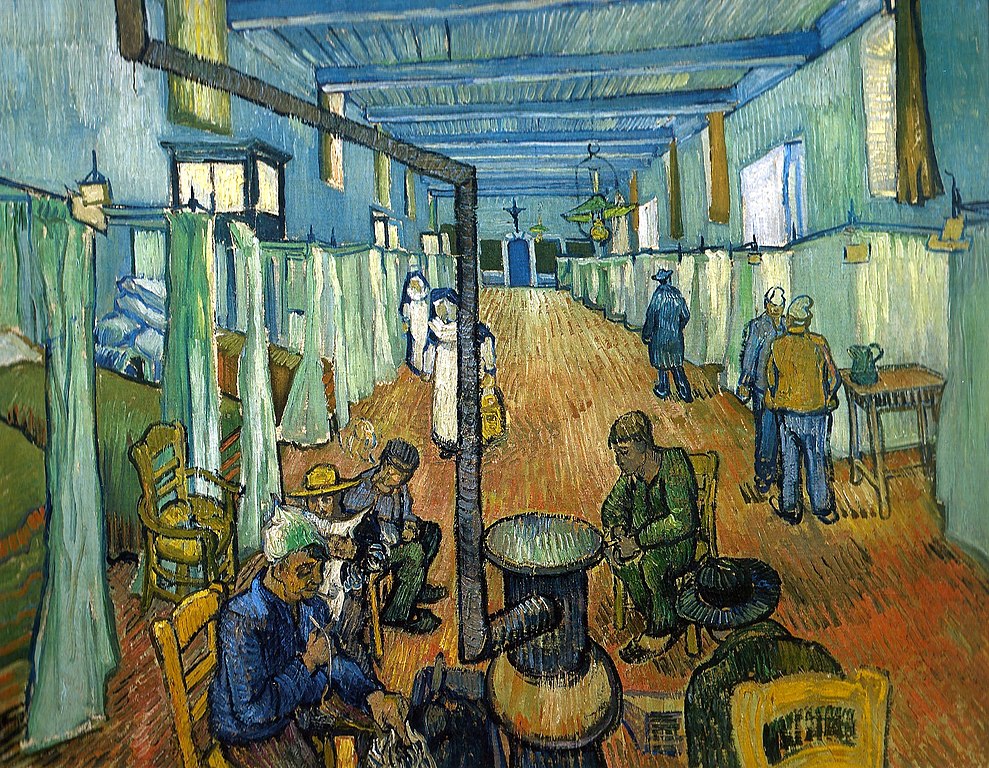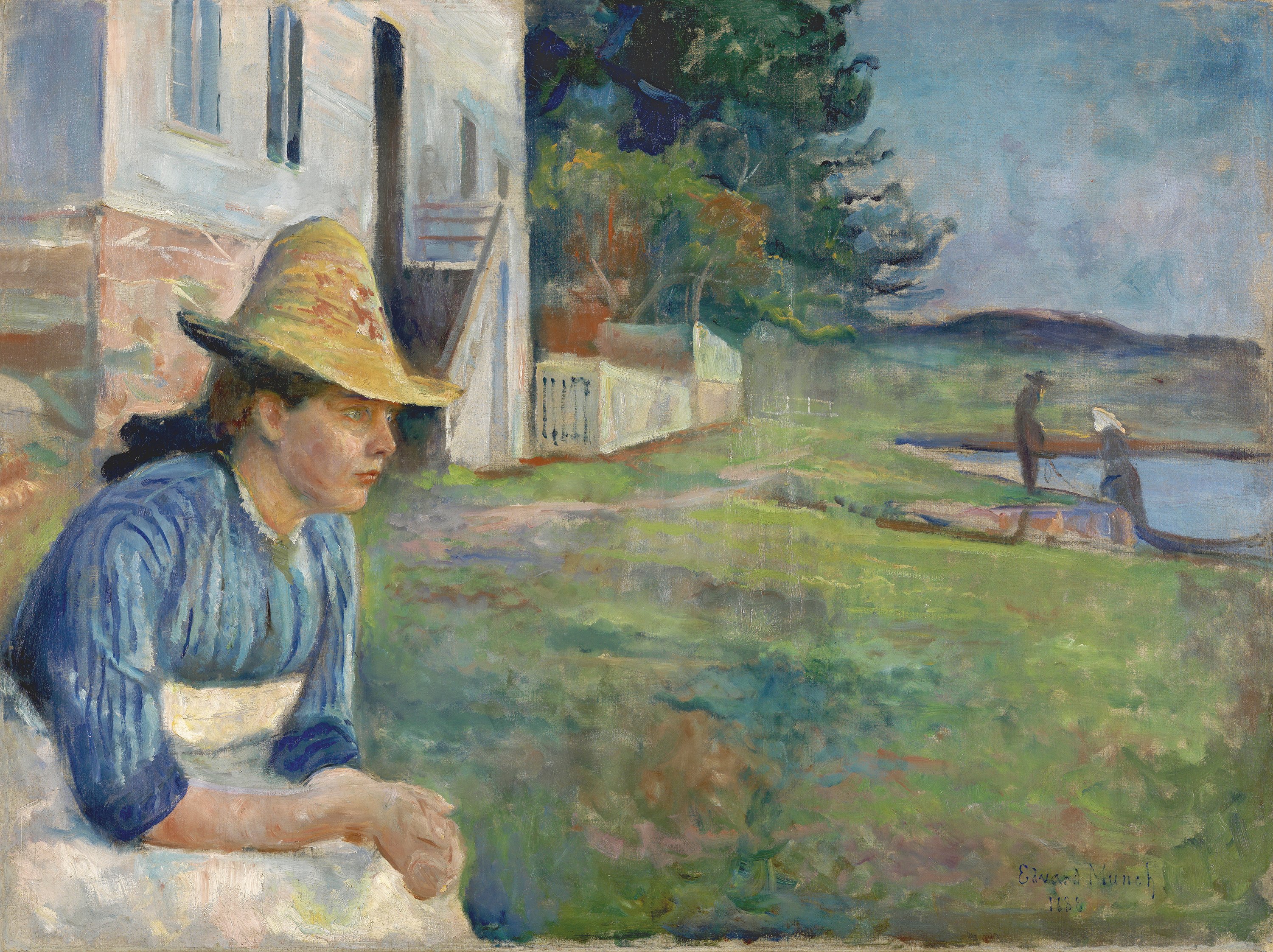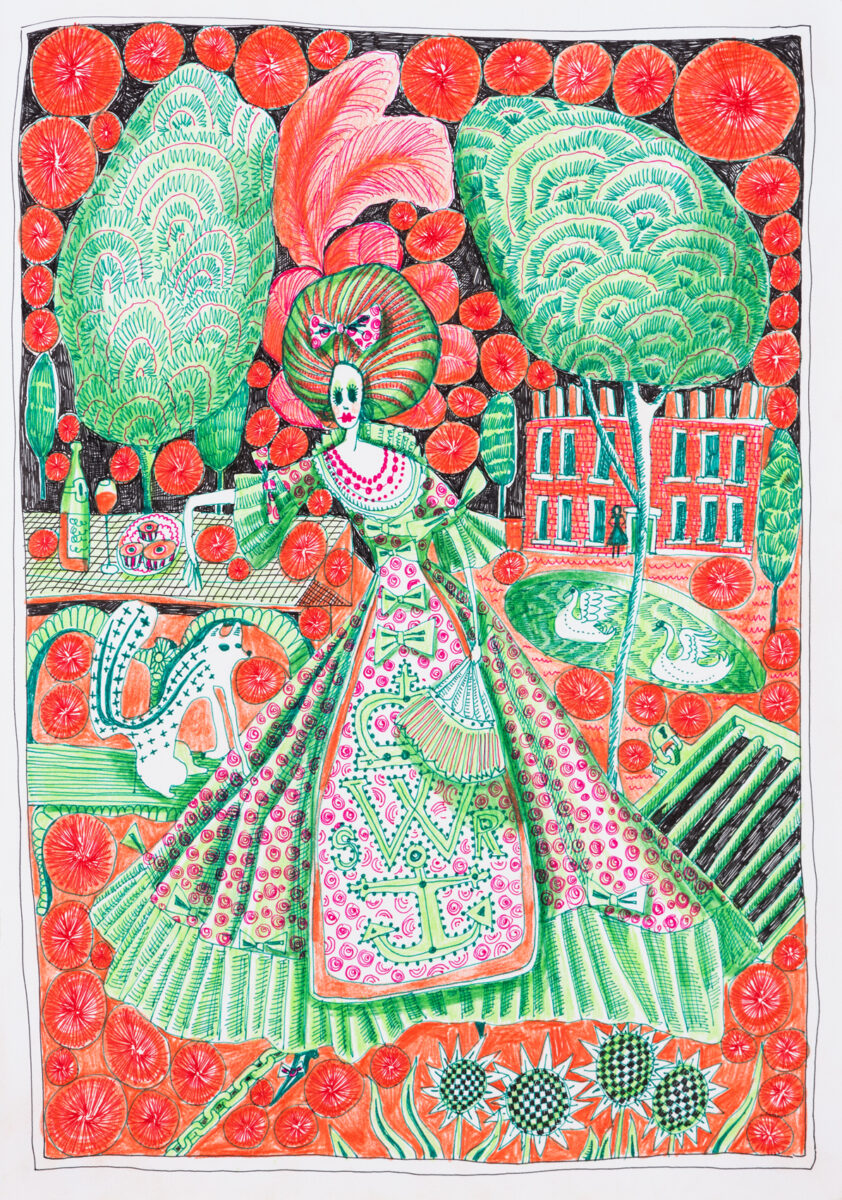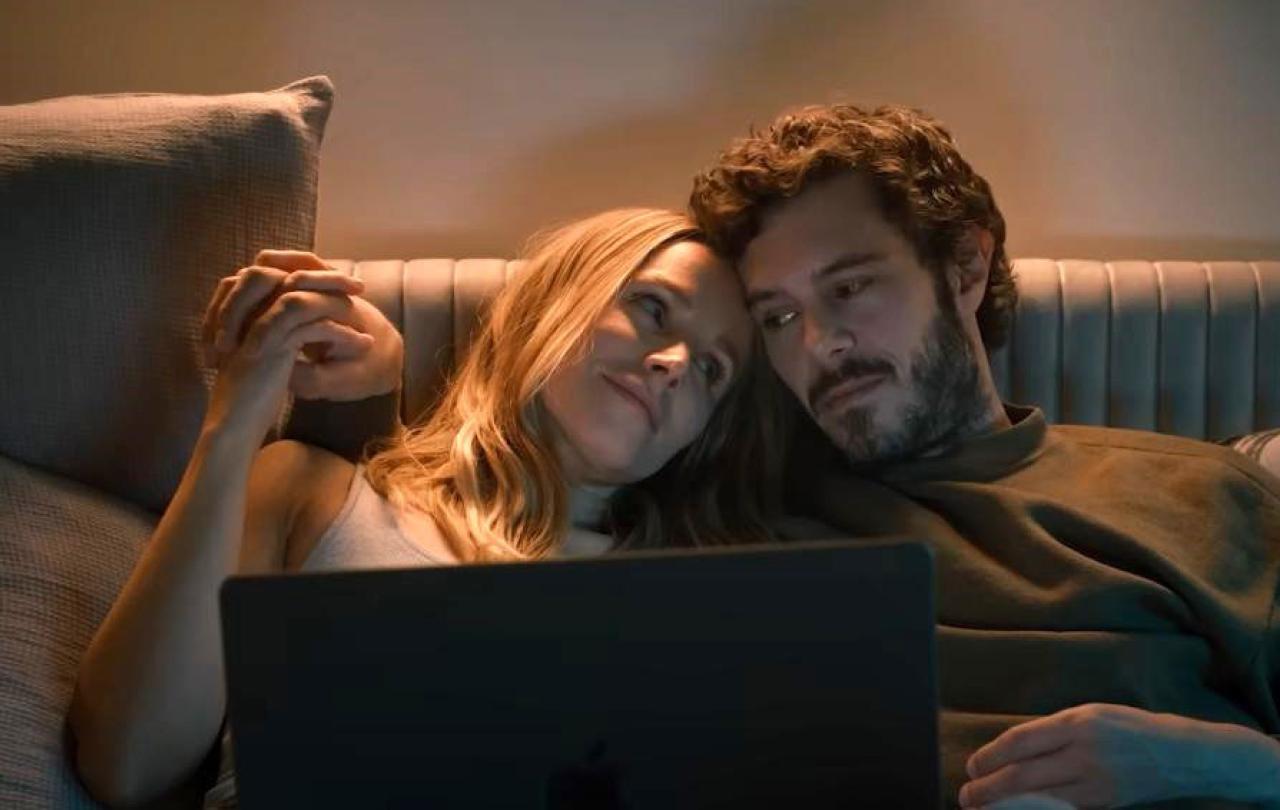
I hope places of worship are ready to be inundated with hopeful singles, because it seems there is a market for spiritual authorities as romantic leads.
In its latest hit, Nobody Wants This, Netflix saw Fleabag’s ‘Hot Priest’ and raised us ‘Hot Rabbi’. Through ten half-hour episodes – so watchable that it is easily viewed in two sittings or less – we follow the unlikely love story of recently single rabbi Noah, played by Adam Brody, and agnostic sex podcaster Joanne, played by Kristen Bell. The pairing of ‘a rabbi and a sex podcaster’ may sound more like the opening of a politically incorrect joke, but after an impressive 15.9 million views in its first week of streaming, it’s clear that somebody wants this.
“Tonally, we’re at such a tense time,” shared Brody, as he tried to explain the show’s success. “I think just something that’s very positive and celebrates love, is funny and has a warm feeling. I think people are responding to that.”
It’s true. In days of emotional heaviness and concern, we shouldn’t be surprised by the resurgence of genuinely good romantic comedies. But I don’t think that is all that accounts for the triumph of Nobody Wants This. Its seamless blend of profound religious concepts with an evolving and exploratory faith continually presents viewers with the idea that there is more and better to life. Its redemptive quality goes beyond the classic strangers-to-lovers storyline. Depictions of strong community and belief in greater things have captured an audience who crave something more than surface-level fluff, even from their rom-coms.
Perhaps, their allure does not lie in authority, sacred position, or even in appearance, but in the fact that they, too, are real, vulnerable and multi-dimensional people.
We meet Joanne who, like many of us, is clumsily curious and searching. Initially, she is on a one-woman mission to prove that her work as a podcaster contributes to ‘something bigger’, then she wants to discover whether she is a ‘good’ person or not. These moments of self-exploration are only side quests in her constant longing for a love more lasting than her previous relationships. The character of Joanne is based on series creator, Erin Foster, who converted to Judaism after meeting her partner and, although the series’ highly criticised portrayal of Jewish women leaves much to be desired throughout the show, the season finale leaves us with a clear emphasis that Joanne is now searching for true belief amid conversion questions.
In the role of Rabbi Noah, as in Fleabag’s Priest, we glimpse behind the proscenium into the life of someone who has committed to serving God. In their struggles, hopes and complicated relationships, we discover a humanness beyond the lectern, titles and ceremonial clothing. In Noah, we see a man who does not always get it right – who often misses the mark – but who owns up, makes amends and learns from his mistakes. During one particularly moving scene, Noah unashamedly brings the sacred into the mundane by introducing Joanne to her first Shabbat meal over a restaurant date. We see a person of faith who doesn’t allow personal holiness to segregate them from the grit of everyday life and who, above all, prioritises relationship over regimented religion.
There is an obvious physical attraction to men such as Adam Brody and Andrew Scott playing men of the cloth, which I find equal parts weird and worrying for those unfamiliar with real-life clergy, as they’ve possibly had their expectations set a little high. But I wonder if it is their character’s humility, gentleness and authenticity that compels the audience, drawing us to trust them. Perhaps, their allure does not lie in authority, sacred position, or even in appearance, but in the fact that they, too, are real, vulnerable and multi-dimensional people. In these depictions, the life of faith and self-sacrificial vocation does not seem far-off or removed from our society. Not everyone who comes to faith is going to become a rabbi or a priest, but these men go a long way in dismantling the perception that religion and relationship with God is only for a certain, superhuman people. Far from the fire-and-brimstone stereotype, they are responsive, relatable and – crucially, for a romantic lead – emotionally available.
Sure, sex and sexual attraction eventually plays a large role in the plot, but how many romantic comedies save their most tender scene for a powerful moment of humble prayer... ?
On another level, the overwhelming response to Nobody Wants This reveals a desire to be part of healthy relationships is characterised by respect, patience, honesty and kindness. One online comment stating that, ‘Hot Rabbi is a walking green flag,’ speaks for thousands who simply want to be treated well by those they trust. Another claims, ‘This show healed something in me.’ Noah and Joanne’s story not only defies convention around community and social expectations, but it bucks the trend with its non-toxic approach to dating and religion. In the face of a sabotaging ex-girlfriend, an unconvinced sister, and the giant conversion-shaped question-mark over their future, the two persist by continually choosing and honouring one another.
The ultimate strength of Nobody Wants This is that it is founded in a story that seeks its worth in more than just sex. Sure, sex and sexual attraction eventually plays a large role in the plot, but how many romantic comedies save their most tender scene for a powerful moment of humble prayer, instead of a passionate kiss? Nobody Wants This presents the viewer with a better possibility, both of life as it is now and life as it could be. Through Joanne, the person who wants something more meaningful is afforded a front-row seat in exploring religion. Even to the total newbie, there is no judgment or embarrassment – and you’d be hard-pressed to find a person who’d get it as wrong as her, making the sign of the cross in a synagogue. Through Noah, our faith in mankind and religion institution is restored as we witness his honesty, patience and kindness. Surely, this cannot be bad press for any place of worship.





